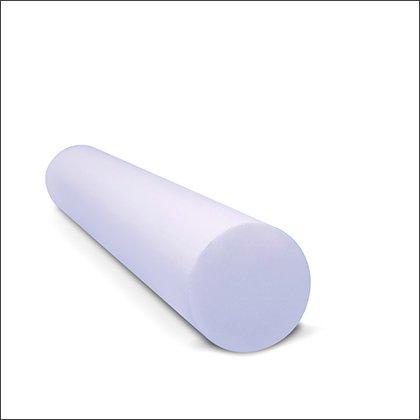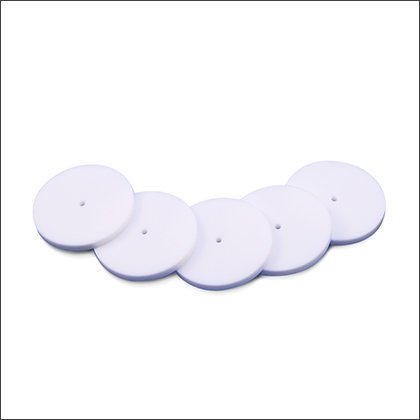Material Overview
Machinable glass ceramics combine the mechanical strength of ceramics with the machinability of metals. Composed of fluorophlogopite mica crystals in a borosilicate glass matrix, it offers exceptional thermal stability (up to 800°C), chemical resistance, and electrical insulation. Its near-zero porosity and isotropic properties make it ideal for precision components in aerospace, medical devices, and semiconductor manufacturing.
Technical Specifications
| Property | Machinable Glass Ceramic |
| Density (g/cm³) | >2.6 |
| Flexural Strength (MPa) | >108 |
| Modulus of Elasticity (GPa) | 65 |
| Thermal Conductivity (W/m·K) | 1.71 |
| Max. service temperature (℃) | 800 |
| Dielectric Strength (kV/mm) | >40 |
Machinable glass ceramics have their characteristics highlighted by their name. They can be machined using traditional metal processing tools, which makes the production cycle short and the production cost low. They are particularly suitable for prototype sample production and the delivery of small and medium batch orders. They are often used in the production of macor sheet.
Key Features
- Machinability: Processable using standard metalworking tools (drilling, milling, turning) without specialized equipment.
- Thermal Stability: Low thermal expansion coefficient (7.2×10⁻⁶/°C) ensures dimensional stability in extreme temperature cycling.
- Chemical Inertness: Resists acids, alkalis, and organic solvents (excluding HF and molten alkali metals).
- Electrical Insulation: Volume resistivity >1.08*1016 Ω·cm, ideal for high-voltage and vacuum environments.
Applications
- Aerospace: Radomes, thermal barriers, and satellite components.
- Semiconductor: Wafer handling arms, plasma etching parts, and vacuum chamber liners.
- Medical: Surgical tools, imaging devices, and biocompatible implants.
- Optics: Laser components, lenses, and infrared-transparent windows.
Our machinable glass ceramics are high-performance engineering materials made from a special aluminosilicate-based composite formula through a precision sintering process. The main components include high-purity silicon dioxide (SiO2), aluminum oxide (Al2O3), and a variety of modified oxides, and excellent machinability and thermal stability are achieved through optimized ratios.
Machinable glass-ceramics’ unique mica-glass composite structure enables it to be machined using standard metalworking tools, whereas alumina or zirconia require diamond tools. This reduces production costs by 40% and enables rapid prototyping of complex geometries with tolerances of ±0.01 mm. Additionally, its near-zero porosity ensures that post-sintering is not required, maintaining dimensional accuracy in high-vacuum applications such as semiconductor reactors
Yes. The coefficient of thermal expansion (CTE) of machinable glass ceramics is comparable to that of stainless steel and can be directly brazed or bonded. For example:
- Vacuum systems: Kovar-sealed machinable glass-ceramic feedthroughs for ultra-high vacuum chambers.
- Electronics: Machinable glass-ceramic insulated copper electrodes in high-power RF devices.
Epoxy bonding (e.g., using Torr seals) can achieve shear strengths >20 MPa, which is critical for aerospace sensor housings.






